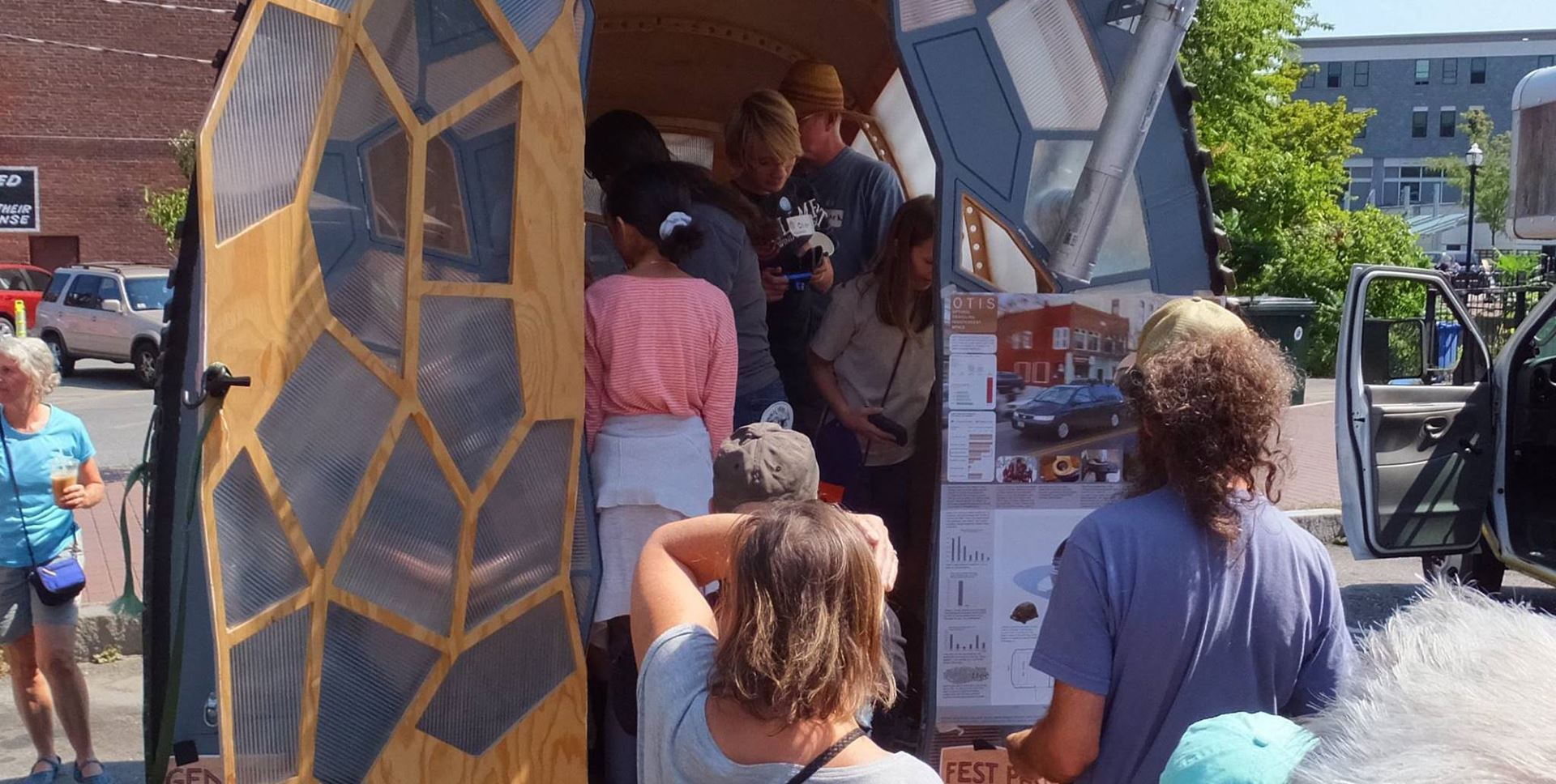Menu
Log in

Green & Affordable Housing
Topic of the Month: September 2018 This month Monadnock Buy Local is focusing on affordable housing -- and can it be green, too? Blog posts
|
Powered by Wild Apricot Membership Software

Green & Affordable Housing
Topic of the Month: September 2018 This month Monadnock Buy Local is focusing on affordable housing -- and can it be green, too? Blog posts
|